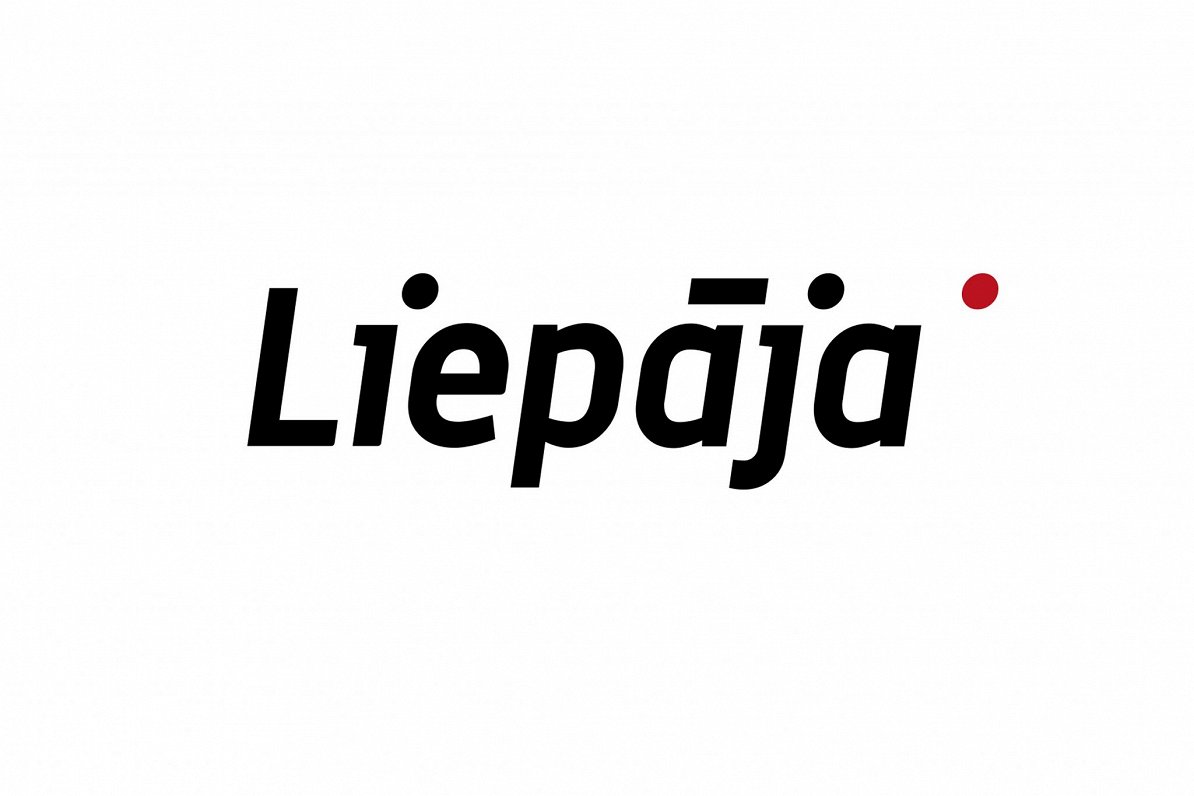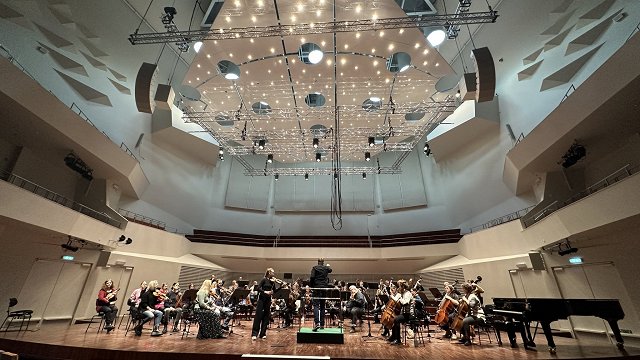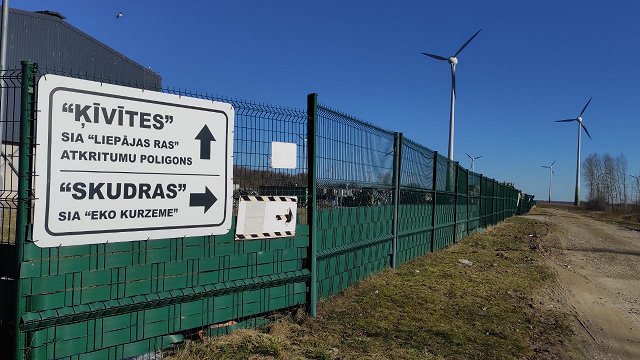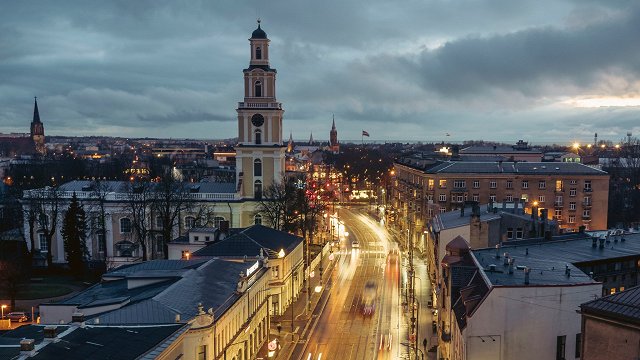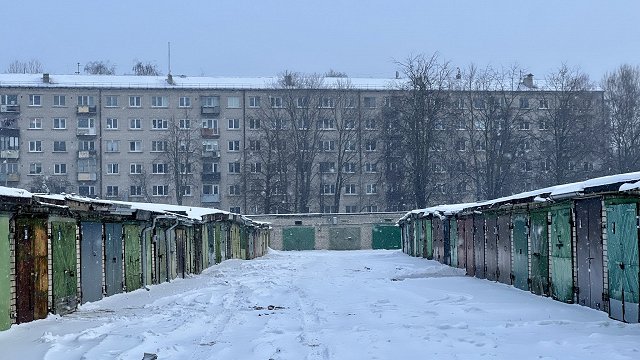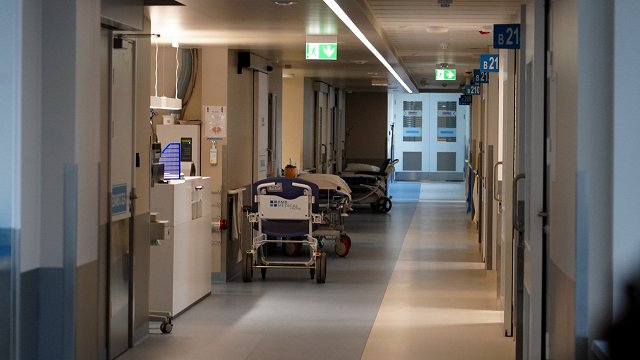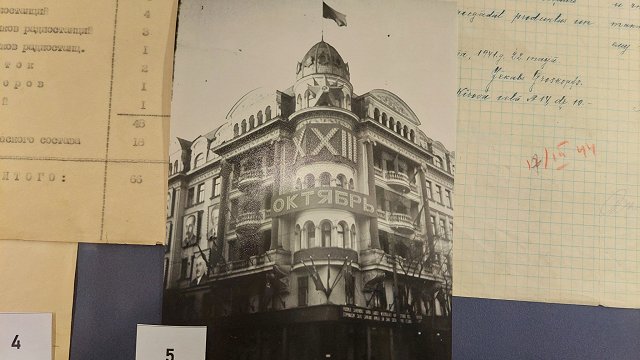It tends to enchant, though sometimes confuse, visitors who arrive with few expectations. Lewis Baston, a British historian writing a book about borderlands in Europe, described his recent visit to Latvia’s west coast: “Liepaja has a lot going for it. It is an intriguing city with considerable architectural charm. The large wooden houses between the city centre and the sea shore are very distinguished, and some of the red brick warehouses resemble what are now cherished urban landmarks in Manchester and Liverpool.”
By population, it’s the third city in Latvia, and since the runner-up, heavily russophone Daugavpils, doesn’t fully exist in the same cultural and information space as the majority of the country, you might expect Liepāja to act as some kind of counterweight to the disproportionately large capital, in the way Tartu and Kaunas do for Latvia’s northern and southern neighbours, Estonia and Lithuania.
But those who live in Liepāja know that, despite its shiny new concert hall and accompanying symphony orchestra, highly regarded theatre and the only commercially operational airport outside Riga, this isn’t quite the case.
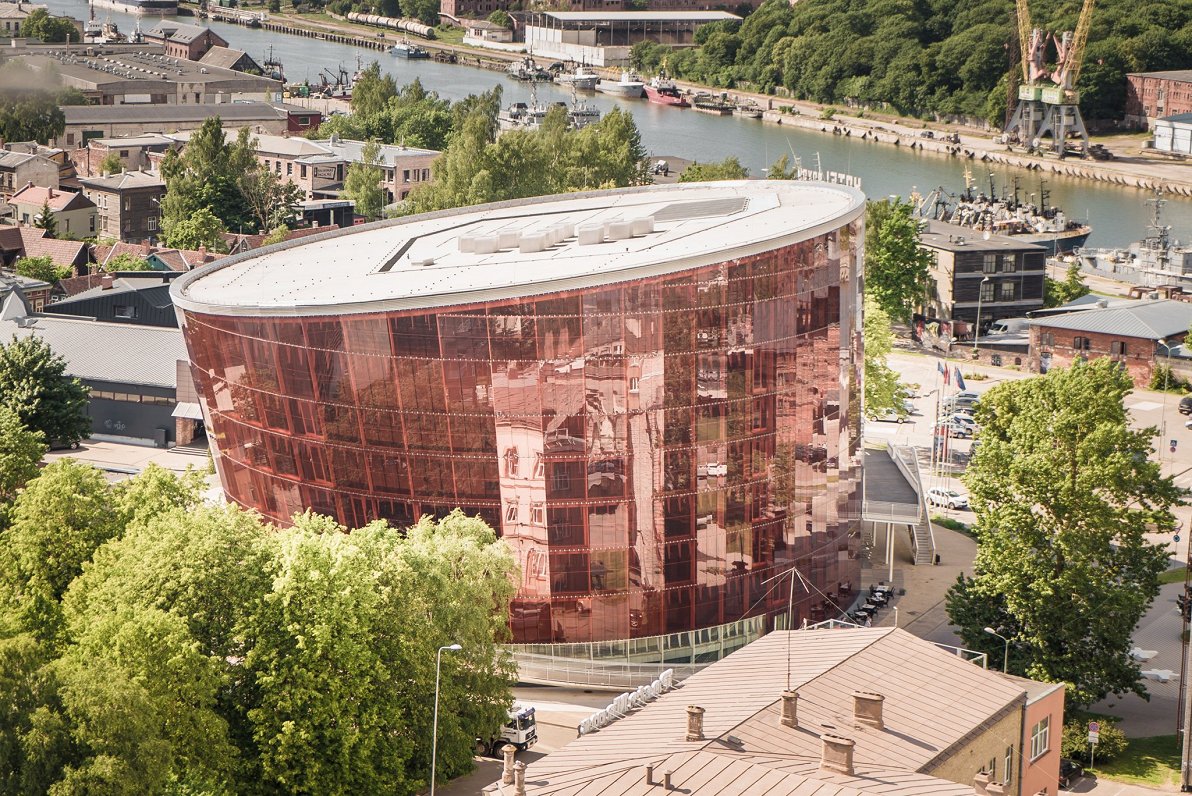
The average salary in Liepāja lags the mean in Latvia by 13% and its great distance from Riga – three and a half hours by bus – costs it in a context where the capital is the overwhelming driver of economic growth. The population has dropped by more than 10,000 in the last decade, and it’s doubtful if the city has recovered from the insolvency in 2013 of the vast metallurgy plant Liepājas Metalurgs, once the largest locally-owned private employer in the whole country. I remember one weekend-adjacent evening not long after I moved there walking through the centre on the way to the cluster of bars by the canal and wondering if some kind of natural disaster had befallen us without anyone alerting me.
But earlier this year Liepāja was selected as the EU Capital of Culture for 2027, beating out interesting-sounding bids from Daugavpils and Valmiera. Does this signal an imminent revival, or, perhaps, has a revival already begun?
Inconsistent connections
Most non-drivers will arrive in Liepāja at the same place: facing the grand, looming train station, which stretches out confidently along the platform. This was really the initiator of Liepāja’s rapid rise in the 19th century to the industrial and trading hub of Kurzeme - a line to Romny in central Ukraine opened in 1871, bringing grain and, increasingly, emigrants travelling to the US and Canada. These days, however, it mostly acts as a waiting hall for the bus station, with only a couple of trains a week leaving for Riga. Buses leave regularly for Riga, and for wealthier Kurzeme rivals Ventspils; getting to the important Lithuanian port of Klaipėda, closer than either, is trickier, with only one daily minibus heading across the border and inconsistent and occasional service from larger commercial firms.
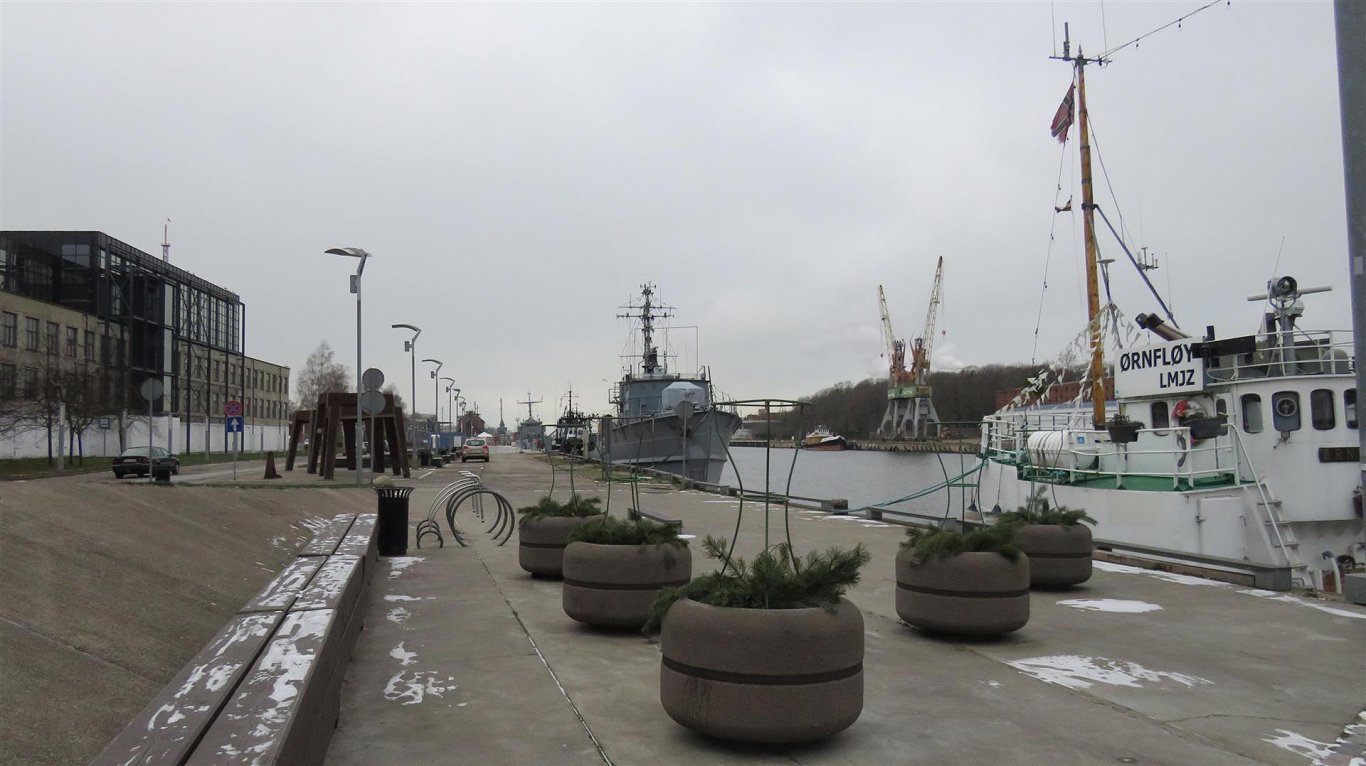
Liepāja benefits – or suffers, depending on your viewpoint – from the most micro of microclimates, which makes it slightly warmer but also wetter and windier than the rest of the country. The damp in the air is palpable when I arrive, and although it’s actually a little warmer than Riga (and, unlike the capital, there is no snow on the ground, only spatterings of frost), it feels a couple of nicks colder.
The city’s surprisingly adventurous slogan for the Capital of Culture bid, “(un)rest” hints at this blustery climate. Liepāja 2027 project manager Inta Šoriņa outlines some of the oddities and paradoxes in its history and present that drove the team to choose such an intentionally contradictory tagline: the ragged fishing village in the shadow of the castle town of Grobiņa across the lake that grew to dwarf its neighbour, the remote border city defined by its distance from Riga that for six months in 1919 served as the capital of the embattled new nation.
“In the middle of the city, there is Great Amber, which is a world-class concert hall, and next to it is a Khrushchev-time apartment building where locals cannot agree on renovations.”
“There are so many topics that have rested in peace for years and years and we have to shake them up, and some of the topics in the city are so unrestful and chaotic that we have to rest them. We have to see where this looking for balance can bring us.”
But it seems there has been unrest afoot for some time already. Una Alseika, who moved to the city ten years ago, lists some of the changes she’s seen. She mentions the renovation of houses and blocks of flats, the extension and updating of the city’s tramline – I was surprised to be met at the train station not by the clanking though charming assemblage of metal I was expecting, but by a smartly painted red whooshing thing – and says that the closure of Liepājas Metalurgs has been compensated for by the arrival of both international and local businesses. “From my point of view, all the changes that have happened are positive”, she says.
We met in one of the two cafes that has opened in Jūrmalas parks (Seaside Park) since my last visit. It’s a space that has always felt underutilised, pretty and slightly hilly, stretching along the beach, protected from the ferocious wind by pine trees and the rearing sand dunes to its west. Both gesture to the city’s past as an elegant resort, in the necklace of mostly German-speaking ports that were set at even distances along the gentle curve of the Baltic coast, from Memel (Klaipėda) down to Danzig (Gdansk): wooden and turquoise-painted Papus has the expansive balcony and elaborate eaves of the grand piles bordering the park, while the renovated Paviljons cafe, with its bell roof and delicate decorative fronds, perches on the lawn like an Art Nouveau butterfly.
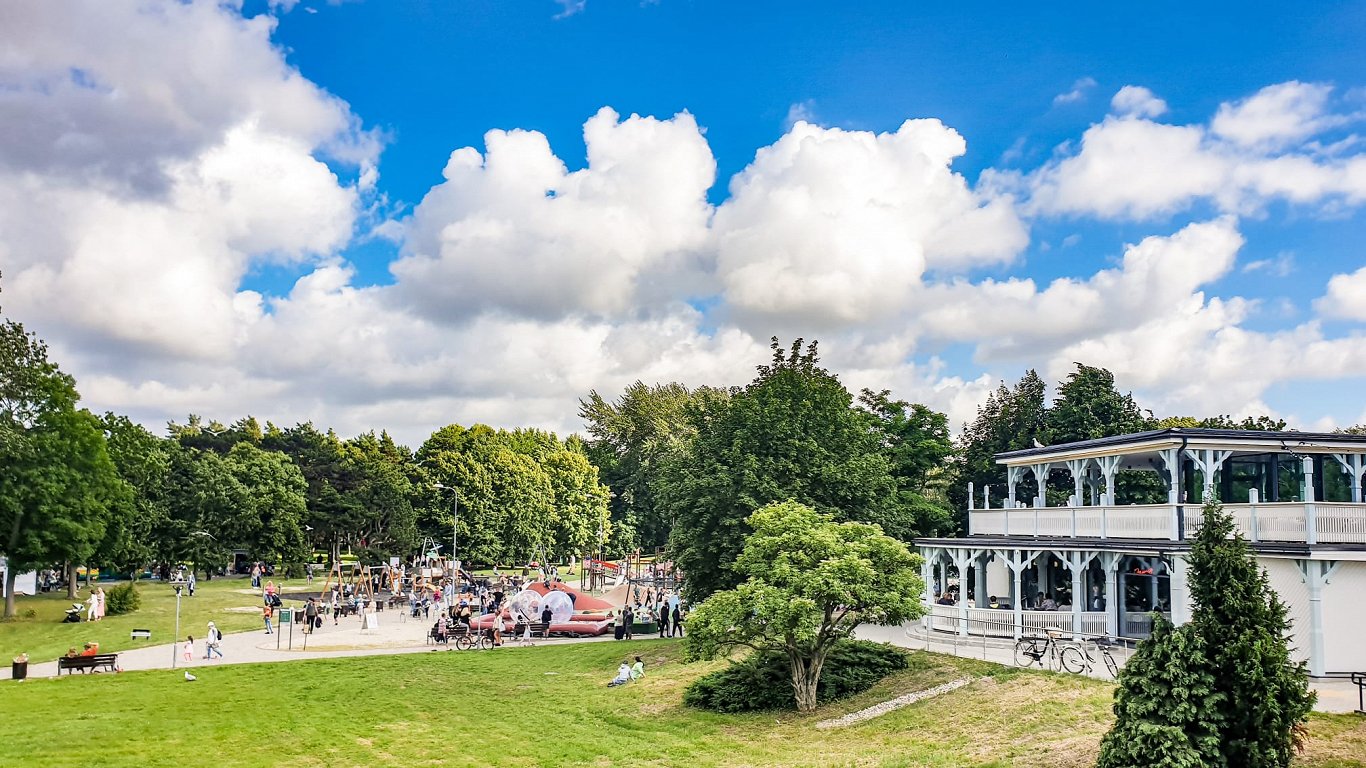
Compared to when I moved in 2016, let alone when I first visited in early 2013, the city certainly does look sprucer. Liepāja has a treasury of historic buildings, ranging from severe Gothic to exuberant and multicoloured eclecticism - many the work of Paul Max Bertschy, city architect for almost 40 years. There are more wooden buildings than perhaps any other city in Latvia, although not a few are villainous and sodden-looking, looking as though they have spent more than a little while at the bottom of a pond. But in recent years, a number of historic buildings have been visibly scrubbed up, emerging looking like they’ve been put through some huge carwash, while some of the more disreputable have simply disappeared.
Further towards the Trade Canal, Juliannas pagalms, opened in 2017, has reinvigorated the city’s nightlife and provided it with a focal point. Bars, restaurants and creative spaces are set about the narrow sheltered courtyard of a former sandal factory – including crowded subterranean craft beer bar, Miezis and Ko. – which on particularly convivial nights might have a shout to be the best bar in Latvia.
Diners and dialect
Even Karosta doesn’t seem to be immune. Karosta is the northern tip of this narrow, long city, an overwhelmingly Russian-speaking and once off-limits district where tens of thousands of Soviet sailors were stationed, back when Liepāja was a key naval base on the very border with the capitalist west. Notorious since independence for dramatic depopulation, gang activity and social problems, its tattered and semi-abandoned ranks of Soviet flatpacks, dilapidated infrastructure and air of things let slide have made it an irresistible backdrop for more than one performatively bleak portrayal of post-Soviet reality, so I’m slightly surprised to spot there’s now a Caucasian restaurant just across the canal that separates it from the rest of the city.
Heading out there, I find myself, the first customer of the day, chatting over piping hot kharcho soup served in an enamelled ochre pot, with the Armenian-born and Liepāja-raised owner. He tells me that things are developing out here too, thanks partly to an influx of Lithuanians in search of cheap seaside property and forsaking their own comparatively truncated and crowded coastline. (I’ve observed myself than sometimes in the summer Lithuanian is more audible than Latvian). Tourists are few and far between in November though. As I get the bus back into town just around the corner, I’m surprised to notice that the little kids also waiting are speaking Latvian.
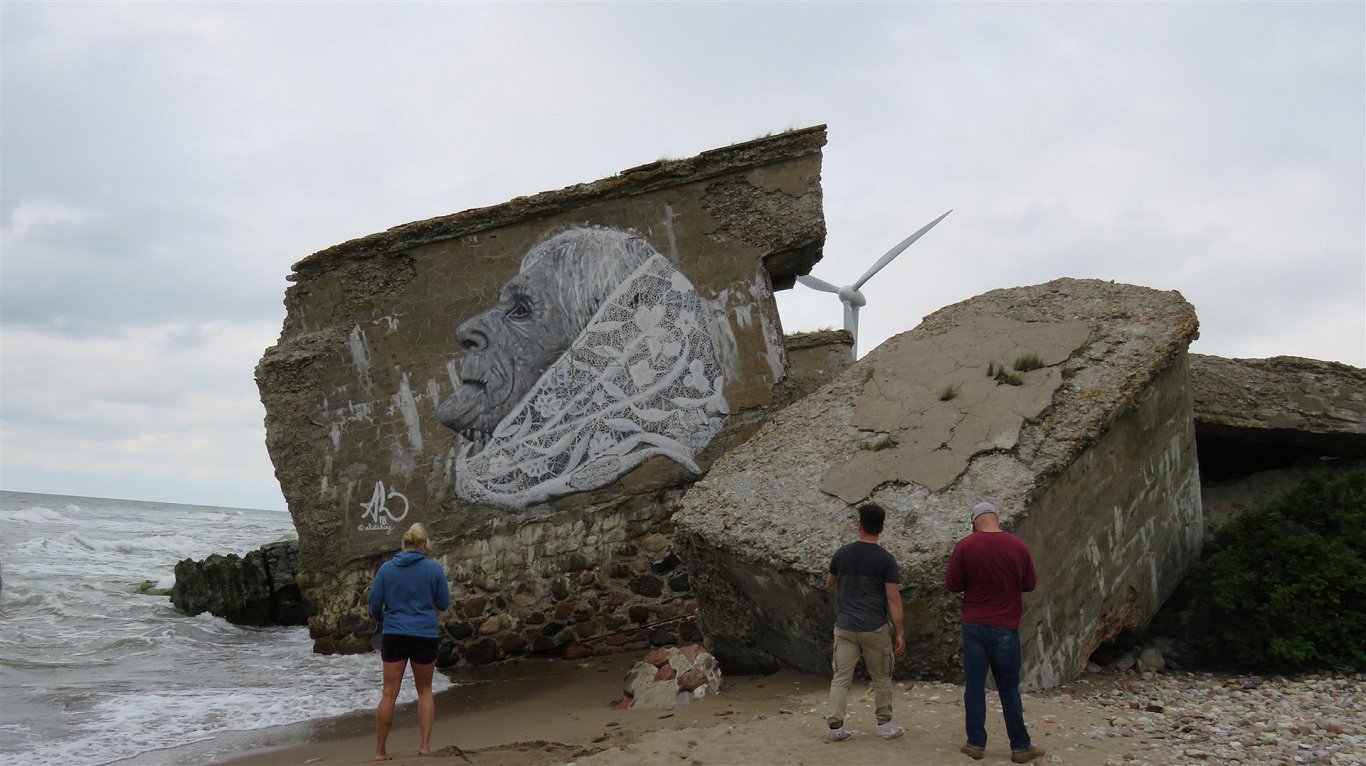
Liepāja has a strength of identity that few, if any, cities in Latvia bar the capital can match. While the local dialect doesn’t quite attain the brusque and unmistakable clipping of words historically typical of neighbours and rivals Ventspils, people take considerable pride in the non-standard terms that are standard in and around the city - gružkaste for miskaste (rubbish bin) and knausis for ods (mosquito). While sipping a locally brewed coffee at Liepāja’s elegant and sinuous Tsarist-era market Pētertirgus - livelier and more attractive than any other in Latvia, for my money - I saw an elderly couple tutting to each other at a sign that referred to a miskaste.
The local portal liepajniekiem.lv is the only regionally-focused site to regularly appear in Latvia’s top 20 most visited, and the cluster of local musicians who found fame nationally and beyond at the tail end of the Soviet period is still a source of fierce pride, metallers Līvi prime among them.
People from Kurzeme are known as lepni kurzemnieki (proud Curonians), stiff-necked and unbending. And here at least, the reasons for pride and optimism are evident. That said, there is certainly much work to be done - as well as the areas of development, it’s clear most of all that Liepāja needs to be better connected and integrated into Latvia, and ideally across the border too. For all the success stories like Pētertirgus and Juliannas pagalms, there are other areas that have met a sadder fate like the former Annas market, a sizeable square across the canal in Jaunliepāja that is now little more than a windswept car park for the small supermarket at one side.
The stretched city
Before I go, I travel to Ezerkrasts, a late Soviet-era district overlooking the lake, to meet Natālija Alandarenko, happy to identify herself as a proud Curonian. Having lived and worked in the UK, she returned to her hometown Liepāja in 2011 and opened a language school, which now has two branches in the city. “The city I live in now and the city I came to 11 years ago - appearance-wise, these are two different cities. It has become so much neater”, she tells me.
Ezerkrasts is where the trams terminate, where Liepāja itself begins to ebb, rows of run-down or done-up towers and the occasional older house, swamped in the tide. It’s easy to wonder if the benefits that have been described to me reach out this far. But Natālija tells me she prefers to live in this part of the city, citing recent development of shops and supermarkets, and its liveliness compared to the relative quiet of the city centre in the evening. Plus “you have the lake, you have the sea - it’s 10 or 15 minutes.”
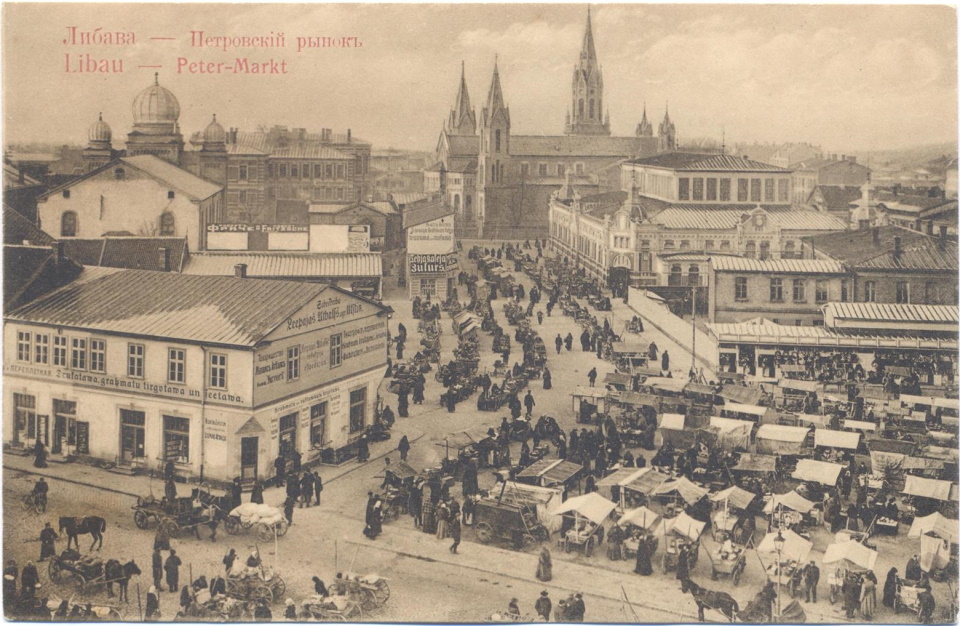
And this is a part of the delight of Liepāja: the way that it never truly feels like an urban environment. It’s a stretched city, rarely spanning more than a mile across, and like anything stretched almost to breaking point it feels rather less like what it is. Nature creeps in at every opportunity. From the very centre of the city, the recently repainted and renovated tower of Holy Trinity Cathedral, you are barely 15 minutes’ walk from Zirgu sala, an unpopulated island hugging the shore of Lake Liepāja from which you can look out over the seabirds out for the day, the massed forests beyond.
I walk back to the city centre from Ezerkrasts along a path that skirts the lake, passing car repair works, garages and spick-and-span boating clubs, and for large patches through reeds and sedge. Last time I was here there was barely any path, and you had to barge your way through the undergrowth. Now one has been cleared and pressed down. I think that if the city’s cleaning itself up, that’s all to the good. Jobs and development are better than unemployment and decay. But I hope Liepāja doesn’t lose its raffishness, its wonderful weirdness and wildness. It’s a city like nowhere else - if Europe gets to see that, so much the better.
